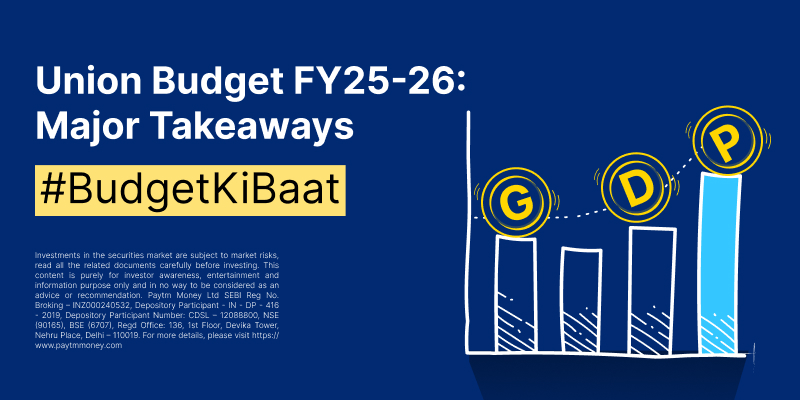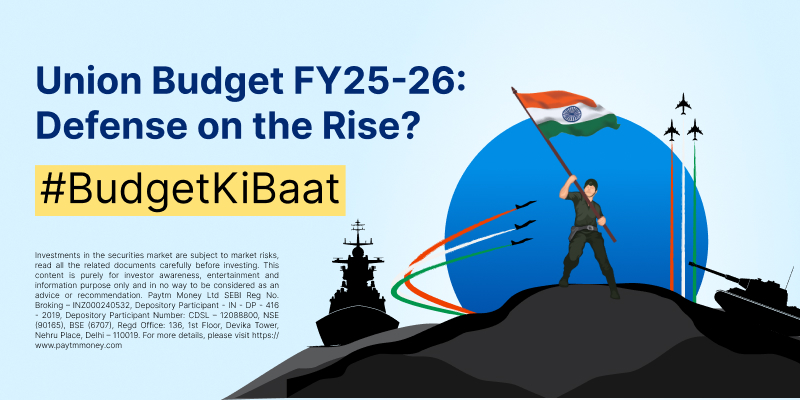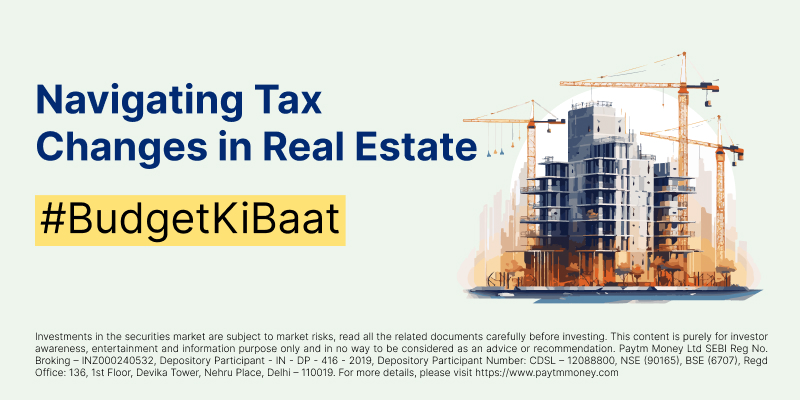How to Select Debt Mutual Funds to Invest?5 min read
In our previous article, we have discussed about the basics of debt mutual funds and how they are broadly classified.
Contrary to the common misconception, debt funds are not 100% risk free. Debt mutual funds have two major risks associated with them:
- Credit Risk: It is the risk of default in an underlying security. You can use credit ratings as a proxy for analyzing this risk. A debt fund having majority of its investments in high rated papers has lesser credit risk and vice versa.
- Interest rate risk: It is the risk of price fluctuation in a debt security with change in interest rates in the market. You can use modified duration of the debt fund as a proxy to analyse interest rate risk. It indicates the change in the price of a debt security with a 1% change in interest rates. Higher the modified duration, higher is the interest rate risk.
(for more on the risks please read — Are Debt Mutual Funds Really Safe?)
The most important task for an investor is to pick the right debt fund to invest in! In this article we will concentrate on choosing a debt mutual fund that best suits your needs.
How to pick the right debt fund?
To evaluate which category of debt funds are suitable for you to invest in, you should keep in mind the following:
Investment objective:
Your objective helps in narrowing down the debt fund categories to invest in. This will help you achieve your set goal be it parking surplus cash, alternatives to Bank FDs and so on.
Investment holding period:
Knowing your investment horizon well in advance helps you minimize interest rate risk. This can be done by matching your investment holding period with the duration of the debt fund.
For choosing a suitable fund within the shortlisted category you should keep the following in mind:
High credit quality:
It is advisable for retail investors to stick to funds that invest predominantly in high credit quality papers (AAA/A1+/SOV). This will ensure that credit risk in the portfolio is mitigated.
Large fund size:
Make sure that the fund has a large AUM compared to its peers. This will guard against concentration risk and protect you from sudden redemption pressures.
Lower expense ratio:
All else being same, make sure that you pick the fund with a relatively lower expense ratio
Don’t look at past returns:
Past performance may not be repeated in the future and higher returns in the past might have come from higher risks involved.
A few scenarios
Suppose you have extra cash in hand and its utilization is not planned yet. Here your investment objective is purely capital protection (i.e. keep principal amount intact at all times) while earning returns slightly higher than savings bank account interest. To achieve this objective, pick debt categories which have minimal risks such as Overnight/ Liquid. These categories are also best suited to create your emergency fund as well.
If your objective is to park your money for around a year while earning returns higher than fixed deposit interest, you can consider investing in Ultra short, Low duration and Money Market categories. Choosing longer duration debt categories like Medium, Long duration etc. for this investment holding period will expose you to higher interest rate risk which could also result in loss of invested capital.
Going by similar principle, if you are looking to stay invested for 2–3 years, you can consider short duration funds. For investment horizons of more than 3 years you can look at categories such as medium duration, long duration and so on, but most importantly, pick funds that maintain a high credit quality portfolio.
Now a question that must be bothering you is how to choose among debt categories which have no stated duration guidelines i.e. theme based debt categories. These categories should usually be considered for an investment horizon of 3 years or longer, keeping in mind your risk appetite.
Gilt funds as you already know invest predominantly in Government securities which carry negligible credit risk. A risk averse investor can choose this category if the objective is long term stable capital appreciation. These funds generally tend to have a longer duration.
On the other end of the risk spectrum is the credit risk category, which seeks to provide higher returns by investing in lower rated securities and hence carry higher risk of default. Always remember, higher returns come with higher risks. Investors should tread with caution while planning to invest in this category.
Corporate bond and Banking & PSU categories lie in between Gilt and credit risk funds in terms of the credit risk they bear. Both these categories can be considered by investors who want stable capital appreciation over the medium term.
Conclusion
We hope that by now you have a fair idea of how to go about your debt investments. To reiterate, while investing in debt funds you should primarily focus on safety (lower credit risk) and duration, not past returns. Consult your financial advisor while investing in the right mutual funds, so that you don’t get surprises with your hard earned money.
To help you with your decision making process, we have analysed debt funds based on the above mentioned risks and other relevant qualitative and quantitative parameters. Our curated list of debt mutual funds can be found under Investment Ideas “Better than Fixed Deposit”, “Better than Savings Account” and “High Quality Debt Funds“.




